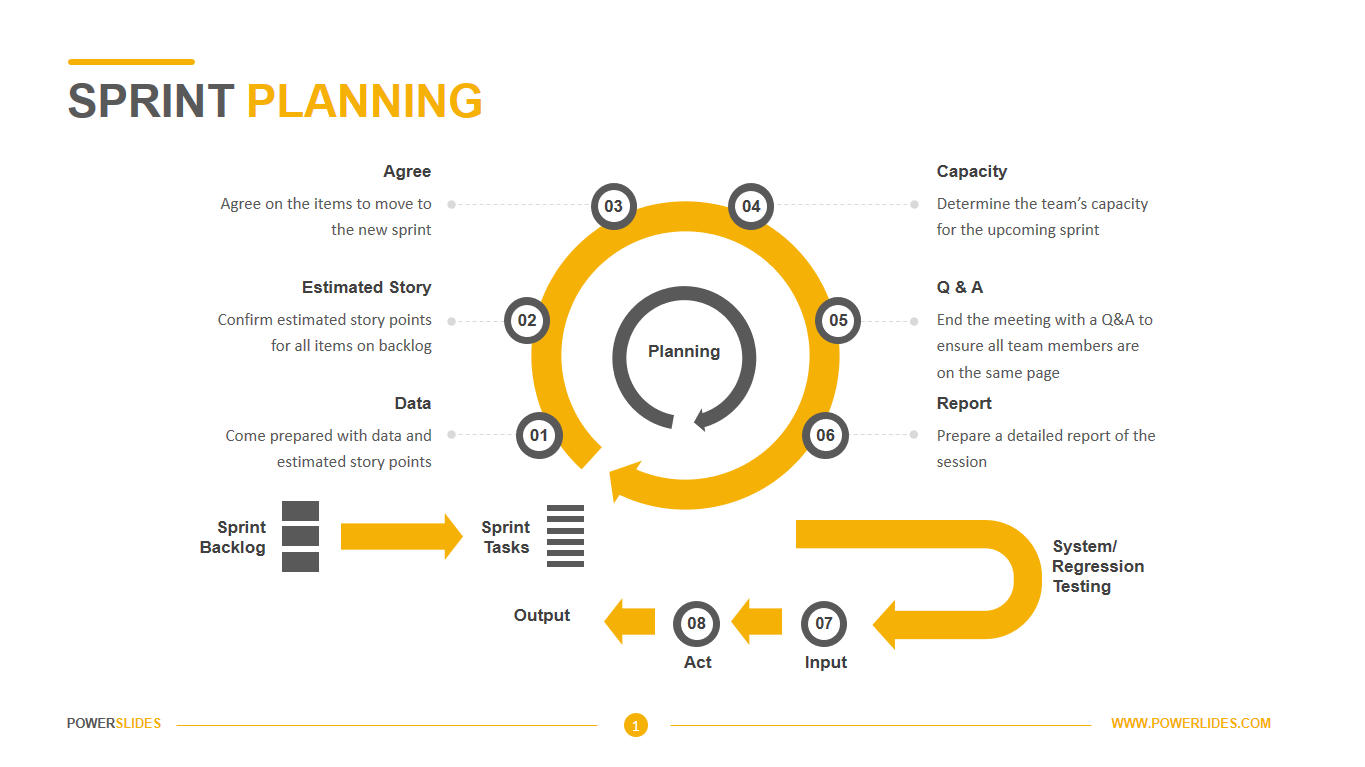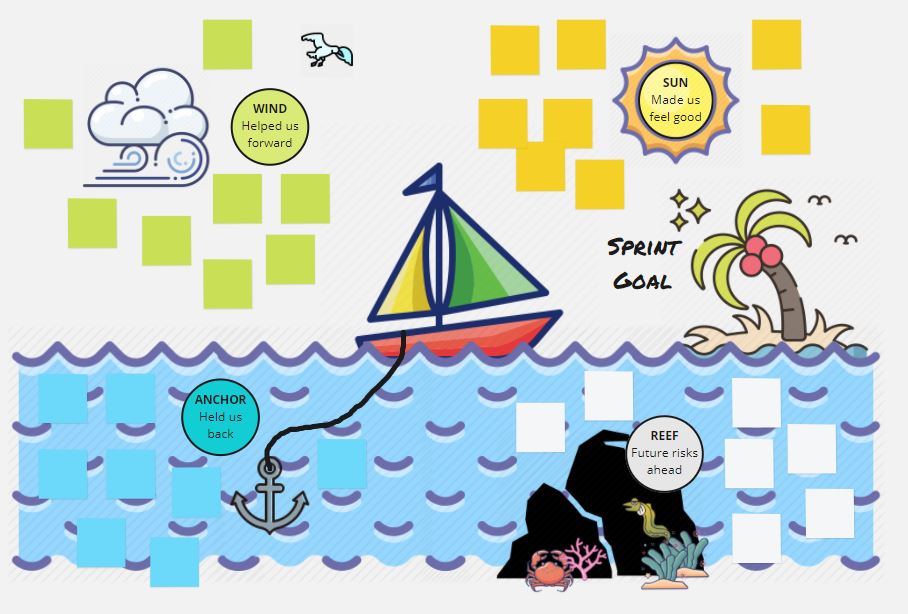
To make sure everyone has the chance to speak, consider going around the room and asking everyone to provide their perspective. 💡Tip: Every meeting has its introverts and extroverts. With this information, create a timeline of the sprint then ask the team to comment on the events. A 5-step template to run an effective sprint retrospectiveīegin your sprint retrospective meeting with hard data: changes to the team, milestones, and relevant metrics. Now that you know the basics of what makes a good sprint retrospective meeting, keep reading to get a template that will help you run these meetings with ease. Scrum masters are mindful of time limits for each part of the retrospective process. They remain neutral while setting the tone of the conversation and keeping participants on track. The scrum master is usually the meeting facilitator for a sprint retrospective. During the meeting, the facilitator’s role is similar to that of a moderator in a debate. Who facilitates sprint retrospective meetings? But depending on your internal and external project stakeholders, you may also want to invite designers, UX writers, or other members of the leadership team. People who attend sprint retrospective meetings are the product owner, scrum master, and development team members. Given that the purpose of the sprint retrospective meeting is to improve future sprints for all team members, you’ll want to invite a diverse set of voices. The method you’re using to gather team feedback (sailboat, affinity mapping, the four Ls, etc.) The number of people you’re inviting to the sprint retrospective meeting Many factors can shorten or lengthen the duration of a sprint retrospective, like: If you’re reflecting on a one-week sprint, the meeting should last no more than 45 minutes. While every team may require more or less time, depending on the team and the sprint, every sprint retrospective meeting should be clearly time-boxed.Ī rule of thumb to remember is that the maximum length of a sprint retro is three hours for a month-long sprint. How long should agile sprint retrospectives be? The sprint retrospective is crucial for teams to measure how well their tools and processes are serving them during a sprint - so don’t skip it. Make it easier for the team to identify potential weaknesses in workflow before the next sprint Identify those processes that aren’t broken, so don’t need fixing Reveal small changes that can lead to larger improvements down the road

Produce a list of next steps and assign ownership of action items The sprint retrospective, or scrum retrospective, is a chance for the entire team to share and receive useful feedback that will make them more productive and efficient for future sprints.ĭone right, sprint retrospective meetings should:Īllow teams to document wins and areas of improvement Why sprint retrospective meetings are important The sprint retrospective, on the other hand, is focused less on the product and more on the workflows and teamwork required during the sprint. The meeting is usually an informal team meeting for internal team members, but external stakeholders might also be present. The difference between a sprint retrospective and a sprint review is that the sprint review demos the work completed during the sprint, whereas the sprint retrospective identifies improvements for future sprints.Ī sprint review showcases work for the purpose of feedback. There are four types of scrum ceremonies: Sprint retrospectives are an opportunity for agile teams to discuss their last sprint and create plans to improve the next one.Īny team can conduct retrospective meetings, but the sprint retrospective we’re talking about here is part of the scrum agile project management methodology. Who facilitates sprint retrospective meetings?Ī 5-step template to run an effective sprint retrospectiveĪ sprint retrospective (also known as an “agile retrospective” or “scrum retrospective”) is a type of recurring meeting in agile project management that happens at the end of a time-boxed period of work called a sprint. Who attends sprint retrospective meetings?

This guide will help you run your sprint retrospectives like a pro, so they fulfill their purpose in making your next sprint better than the last. There are effective ones that actually lead to better sprints, then there are ineffective ones that lack engagement, productive accountability, and maybe even basic respect. Not all sprint retrospectives are the same.

Sprint retrospective template how to#
It’s also where everyone determines how to make the next sprint better. Sprint retrospectives are a type of product meeting that gives everyone a chance to reflect on what went right and what went wrong during the sprint.

Now you’re on to the last step: the sprint retrospective. Congrats! Your product team has completed another successful sprint.


 0 kommentar(er)
0 kommentar(er)
